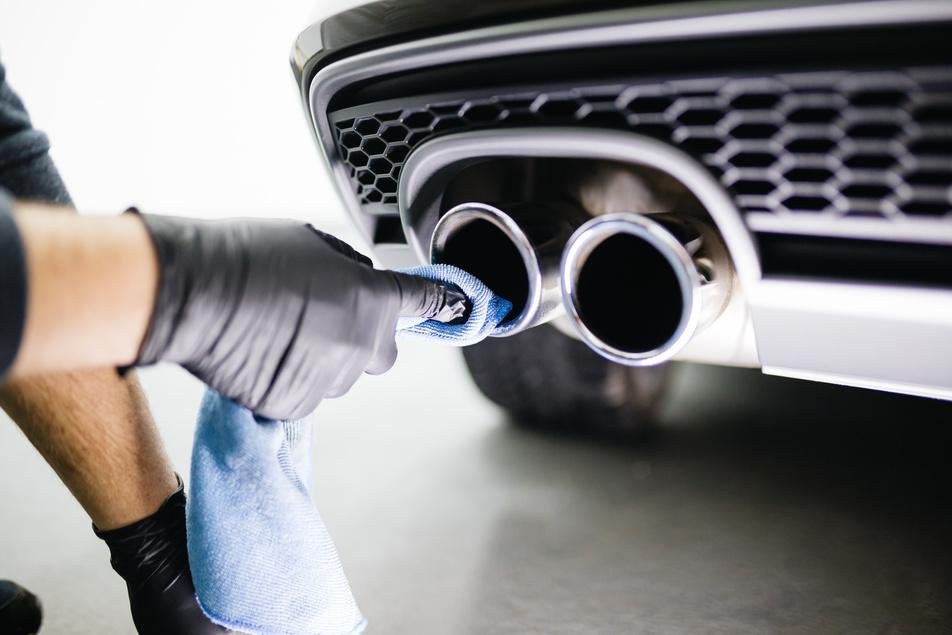Peak Performance Beyond the Garage
At Performance Products TN, we know that achieving peak performance takes more than just horsepower—it’s a lifestyle. For those who appreciate precision, speed, and smart decision-making, platforms like the best Australia online casino offer a fast-paced digital experience that mirrors the thrill of fine-tuned machinery.
Whether you’re tuning your ride or enjoying some well-earned downtime, exploring quality entertainment sources can be part of the high-performance mindset.
Stainless steel exhausts have gained popularity among vehicle enthusiasts and everyday drivers for their durability, performance, and aesthetic appeal. Choosing the right exhaust system can significantly impact your vehicle’s performance and longevity. This guide delves into the benefits, considerations, and maintenance of stainless steel exhausts, providing you with the knowledge to make an informed decision.

1. Durability and Longevity
Stainless steel exhausts are renowned for their durability. Unlike other materials, stainless steel resists rust and corrosion, making it ideal for areas with harsh weather conditions. This durability translates to a longer lifespan, reducing the need for frequent replacements and providing long-term value for your investment.
2. Performance Enhancement
Stainless steel exhausts can enhance your vehicle’s performance. The material’s strength allows for thinner walls in the exhaust system, which improves exhaust flow and reduces backpressure. This optimized airflow can result in increased horsepower and torque, giving your vehicle a noticeable boost in performance.
3. Aesthetic Appeal
Beyond functionality, stainless steel exhausts offer an aesthetic advantage. The shiny, polished finish of stainless steel adds a sleek and modern look to your vehicle. Many drivers choose stainless steel exhausts not only for their performance benefits but also for their ability to enhance the overall appearance of the car.
4. Heat Resistance
Stainless steel is highly resistant to heat, making it an excellent choice for exhaust systems. This resistance ensures that the exhaust system maintains its integrity even under extreme temperatures. Heat resistance is crucial for preventing warping and maintaining the exhaust system’s performance over time.
5. Cost Considerations
While stainless steel exhausts tend to be more expensive upfront compared to other materials, their long-term benefits often justify the initial cost. The durability and longevity of stainless steel mean fewer replacements and repairs, ultimately saving money in the long run. Consider the long-term value when evaluating the cost of a stainless steel exhaust system.
6. Weight and Performance Balance
Stainless steel exhausts strike a balance between weight and performance. Although they are not as lightweight as titanium exhausts, they are significantly lighter than traditional steel systems. This reduction in weight can contribute to improved vehicle handling and performance without compromising durability.
7. Environmental Impact
Choosing stainless steel exhausts can also have environmental benefits. The material’s longevity means fewer exhaust systems end up in landfills. Additionally, stainless steel is recyclable, making it a more sustainable choice compared to other materials that may degrade more quickly.
8. Installation and Compatibility
Stainless steel exhaust systems are designed for compatibility with a wide range of vehicles. Many manufacturers offer bolt-on options that simplify the installation process. Whether you are a DIY enthusiast or prefer professional installation, stainless steel exhausts provide flexibility and ease of use.
9. Maintenance Tips
Proper maintenance is essential to keep your stainless steel exhaust system in top condition. Regularly inspect the exhaust for signs of damage or wear. Cleaning the exhaust with appropriate products helps maintain its appearance and prevents corrosion. Routine maintenance ensures the exhaust system continues to perform optimally.
10. Conclusion
Stainless steel exhausts offer numerous benefits, including durability, performance enhancement, and aesthetic appeal. Their resistance to heat and corrosion makes them a reliable choice for long-term use. While the initial cost may be higher, the long-term value and environmental benefits make stainless steel exhausts a wise investment. By understanding these advantages and maintaining your exhaust system properly, you can enjoy improved performance and a sleek look for your vehicle.




